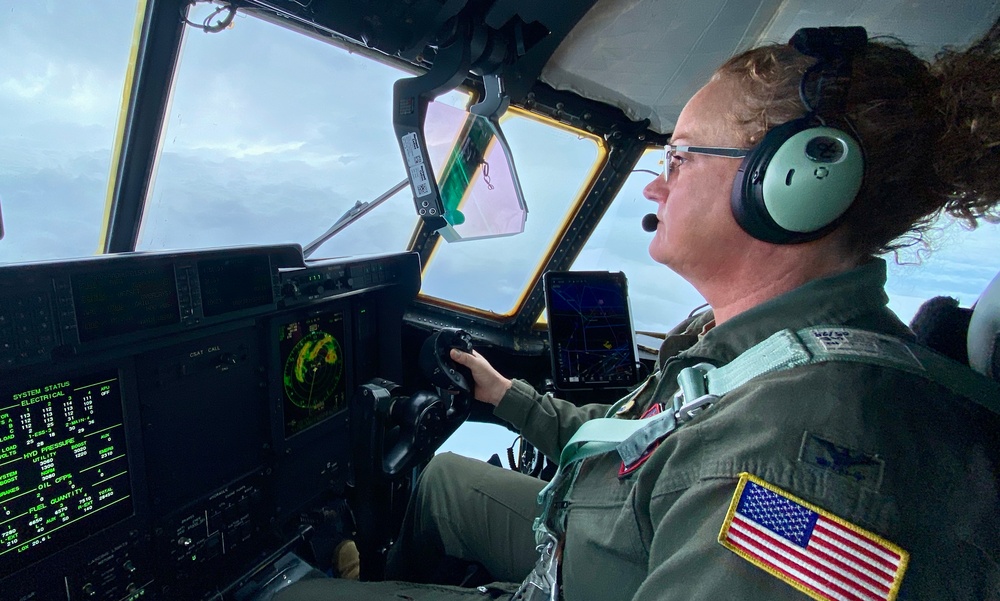DVIDS – News – Coast Guard Cutter Stratton conducts fisheries patrol en route Guam from Philippines
APRA HARBOR, Guam — On the heels of their operations combatting United Nations sanctions violations in support of the U.S. Navy’s Seventh Fleet, the U.S. Coast Guard Cutter Stratton (WMSL 752) arrived in Guam, Monday, furthering the United States’ commitment to regional security and partnerships.
This arrival comes after seven successful high seas fisheries boardings under the authority of the Western and Central Pacific Fisheries Commission (WCPFC) while on their transit between the Philippines and Guam. This part of their deployment is intended to deter illegal fishing of highly migratory fish stocks such as tuna. It also furthers relationships with Pacific Island Nations and Territories.
“This was a unique opportunity to employ some of the Coast Guard’s newest technology and capabilities on the global problem of illegal, unreported, unregulated (IUU) fishing,” said Capt. Bob Little, Stratton’s commanding officer. “We are happy to support Oceania in our shared goal of sustaining global fish stocks, which are critical to many Pacific Island economies.”
Stratton personnel boarded vessels flagged from Chinese Tapei, inspected documentation, catch logs, fish holds, and interviewed the master and crew. The most common violation discovered involved failure to transmit a signal on the Vessel Management System, designed to help provide visibility of fishing activity in the WCPFC region.
“We employed our Unmanned Aircraft Systems (UAS) to expand our horizons and find vessels in the area. This allowed us to maximize the use of our boarding teams and amplify our enforcement efforts over a short period of time,” said Andrew Dunlevy, Stratton’s operations officer.
The Western and Central Pacific Ocean is home to the “tuna belt” and supplies about 60 percent of the global tuna supply, worth an estimated $7 billion a year. With more than 5,600 fishing vessels registered with the Western and Central Pacific Fisheries Commission, there are serious concerns about the sustainability of straddling fish stocks. Illegal, unreported, and unregulated fishing presents a significant threat to the multi-national fishing fleets that operate in the region.
During each fisheries patrol, the U.S. Coast Guard is protecting the U.S. Exclusive Economic Zone from foreign fishing vessel encroachment, enforcing domestic living marine resources laws, and ensuring compliance with international agreements.
One of these international arrangements is the WCPFC, comprised of 40 member nations, territories, and cooperating non-members that regulate fishing for highly migratory species on the high seas of the Western and Central Pacific Ocean. Within these partnerships, the Coast Guard works closely to ensure all fishing fleets are complying with the provisions of the agreement.
Fish stocks are a renewable resource if managed correctly and not overfished. More importantly, fish stocks are a global food source and provide economic stability for many countries. In the U.S. alone, the fishing industry employs 1.3 million people and contributes $199 billion per year to the U.S. economy, according to NOAA’s 2012 Economic Report.
Many Pacific Island Nations rely on the fishing industry for revenue and sustenance. Depleted fish stocks could contribute to the destabilization of the region and leave small nations vulnerable to dangerous transnational organized crime networks.
Stratton is the third Legend-class National Security Cutter. The 418-foot vessel homeports in Alameda, California. The 150 crew have been on deployment under the operational control of the Navy’s Seventh Fleet in the Indo-Pacific region since June conducting joint missions. Their motto “We Can’t Afford Not To” is very apt in the face of regional IUU activity. Their patrol will continue as the head east through November.
The U.S. Coast Guard has an enduring role in the IndoPacific, going back over 150 years. The service’s ongoing deployment of resources to the region directly supports U.S. foreign policy and national security objectives in the IndoPacific Strategy and the National Security Strategy.
| Date Taken: | 10.29.2019 |
| Date Posted: | 10.29.2019 04:27 |
| Story ID: | 349638 |
| Location: | GU |
| Hometown: | ALAMEDA, CA, US |
| Web Views: | 214 |
| Downloads: | 0 |


 Private Internet Access gives you unparalleled access to thousands
of next-gen servers in over 83 countries and each US state. Your
VPN experience will always be fast, smooth, and reliable.
Private Internet Access gives you unparalleled access to thousands
of next-gen servers in over 83 countries and each US state. Your
VPN experience will always be fast, smooth, and reliable.

